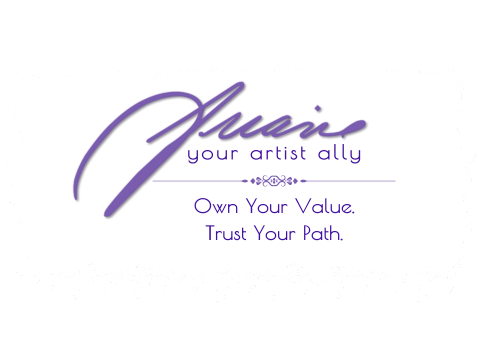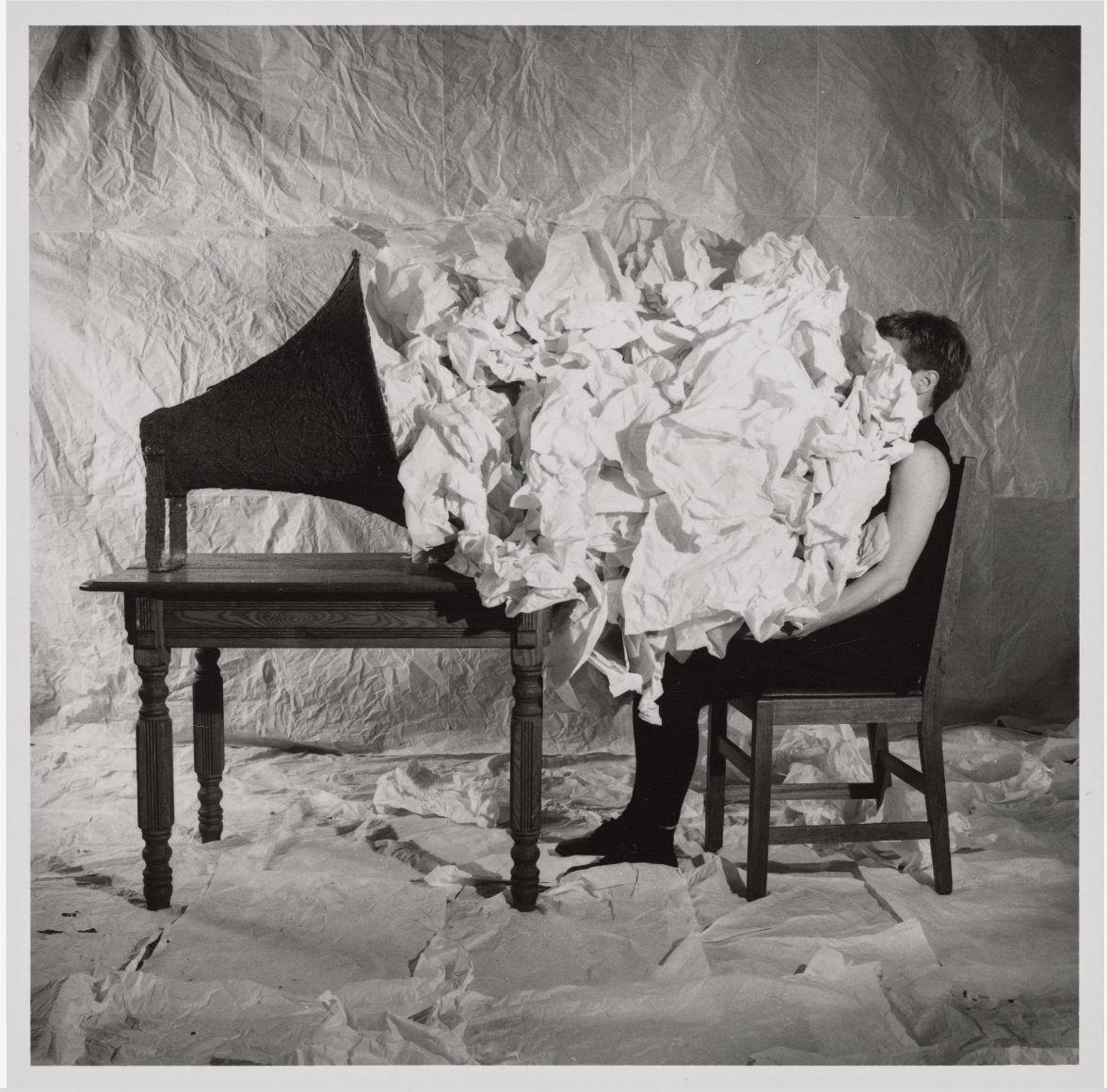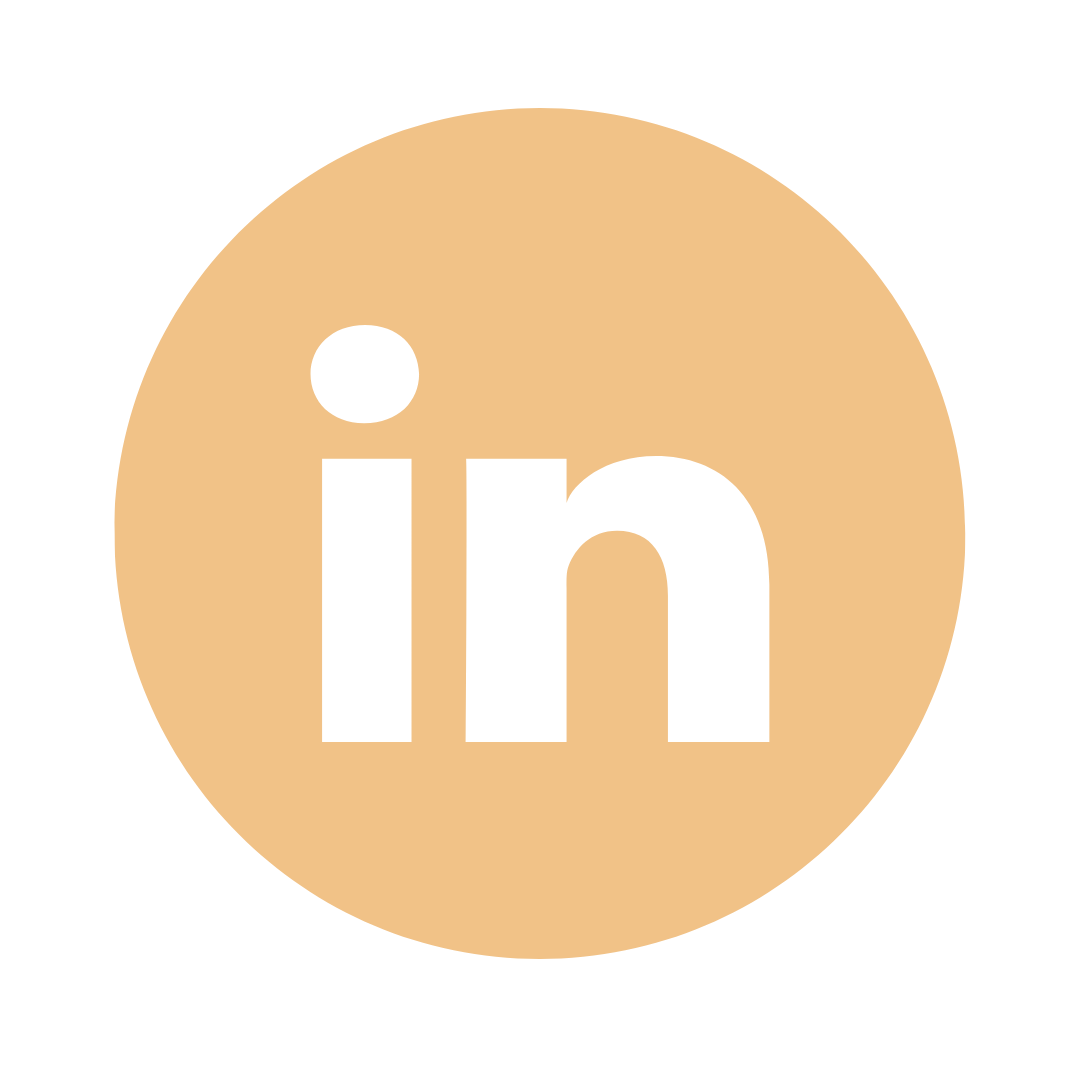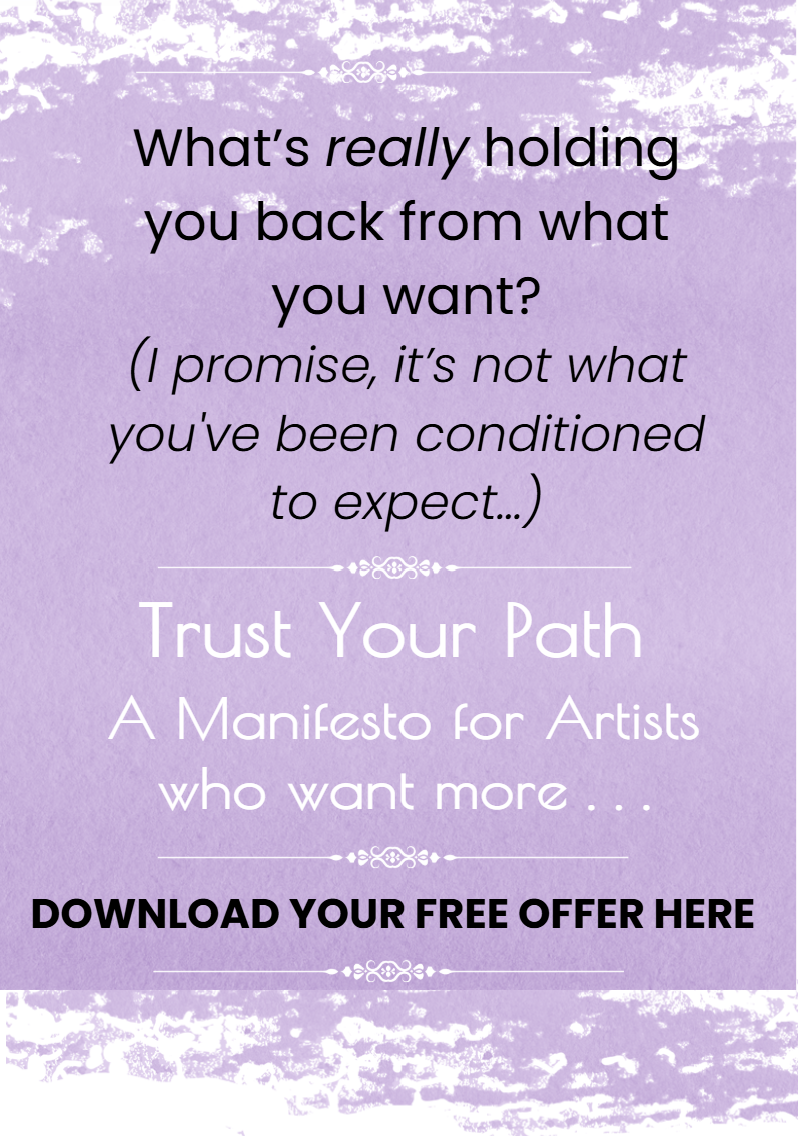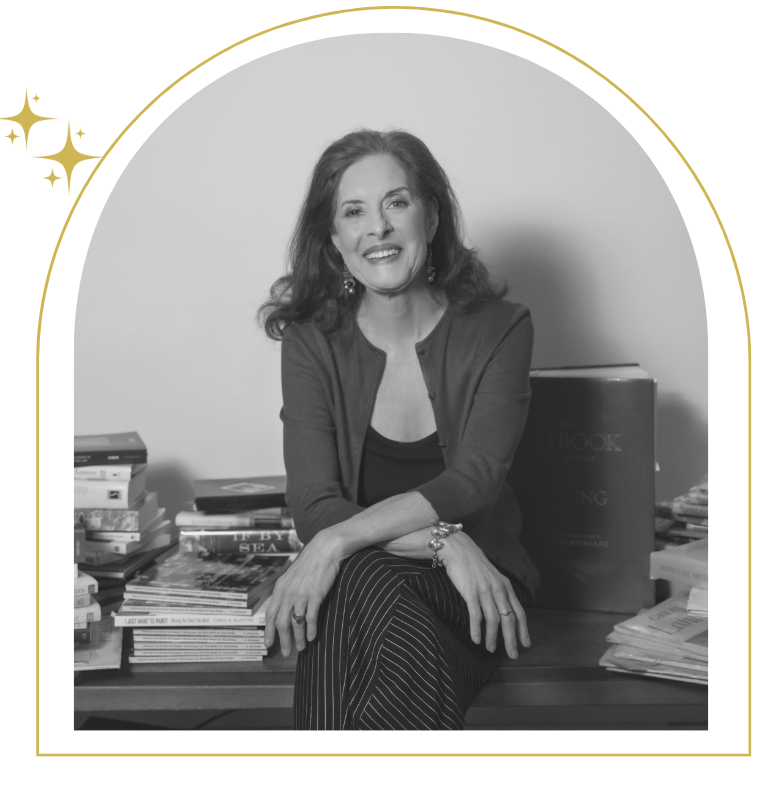After my creativity surge from my five-week hiatus from life (surgery recovery), I became intensely curious.
Was there a way to jumpstart creativity in normal life?
Turns out, yes. Most definitely.
First stop: figure out my chronotype, which of course led me down a research rabbit hole.
After I dug up nine studies on chronotypes, sleep, and creativity from 1976 to now, I called it quits.
I also learned that it’s not a good idea to depend on the experts and their assessment questionnaires to understand your chronotype.
I tried three of these online, and none of them told me what I already knew. But, hey, I’m happy to offer two of them here, if you want give it a whirl:
AutoMEQ at the Center for Environmental Therapeutics: This one asks for $5 to offset website costs.
The “Power of When” Quiz by Dr. Michael Breus: While more popularized, it’s based on chronobiology principles and very accessible.
I answered all of their questions accurately, but the end result—while somewhat in the ballpark—failed on key metrics of my life.
I don’t go to bed before 2 am, no matter what’s going on. I’ve been like this as long as I can remember. Raising children who woke up in the morning was my kryptonite!
And, I need a full 10 hours or I’m pretty worthless.
I spend the first part of my day with minor domestic tasks and catching up on small to-dos; things that don’t require much brain power or creativity surges.
I crash around 3:30 or 4 pm, when I used to force myself to power through until 4:30 or 5 pm, the time my brain wakes up and I’m into the creative work I love.
And, yes, I know I have the luxury of working within my natural daily rhythm. Something that’s nearly impossible when you depend on a work schedule based on the boss’s chronotype, or your family’s multiple chronotypes.
Okay, So Chronotypes… What’s The Point?
Creative behavior, that’s the point.
When you know your chronotype, you also know when (and how) to deliberately activate your creativity.
My guess is that your CreativeSelf already guides your daily creativity for you.
But there’s a huge difference between instinctual creative behavior (you go along for the ride) and intentional (you guide the ride).
Hitting a Creative Slump? Downtime it!
At some point in your day, you slump over. The British, famously, call it Tea Time.
As I’ve said, my slump hits around 3:00 to 4:30 pm, where I used to force myself to power through until my creative brain woke up around 5 pm, or later.
Naps felt silly, especially since I’d only woken up few hours before, so why on earth would I take a nap? Not my thing. Nope… power through, which usually meant aimlessly reading emails.
But Sara Mednick’s studies on napping and creativity changed me forever.
Now, when I slump, I lay in a quiet room, on my back (when you sleep on your side, your sleep is deeper and it’s harder to wake up and get going again), pillow under my knees, some black silk over my eyes.
I begin by giving myself a creative problem or prompt, which (studies have confirmed) gives your brain a task to work on in its unconscious, resting state.
Forty-five minutes to an hour later, I wake up easily, roll over, give myself a few minutes to acclimate and then start my creative work day.
But, What About Your Creativity?
You can take the assessments above, for sure, but I urge you to compare those answer to what your sleep pattern would be if you had your druthers.
If you could structure your sleep/wake cycle just as you’d like, that’s your chronotype: would you wake up easily early morning, mid-morning, or later?
When you go to bed, what time is easiest for you? Early evening (8 to 10) , mid-evening (10 to midnight) or late evening (midnight to 3 am)? Not what’s most convenient. Not what you’ve adopted out of habit. But what would instinctively be the easiest?
What time of day do you find yourself slumping over (even a bit)? Paying attention to this time is crucial because what might seem unproductive, as if you aren’t doing anything at all, is actually the perfect time for your brain to jumpstart up your creative juices.
Wondering…
What if productivity isn’t about how much we push out into the world, but about how deeply we allow our creative spirit to breathe?
What if the real measure of our artistic success isn’t in the quantity of our output, but in the quality of our creative presence?
Let’s dare to challenge our cultural, productivity mandate together. Your art deserves space to truly come alive.
Next Time
There’s so much more I learned about creativity, breaks, incubation, intentional rest/naps.
At this point, I’m still processing a lot of this myself.
And I’d like to bring you along for the ride, so to be continued in a third and last post, yes?
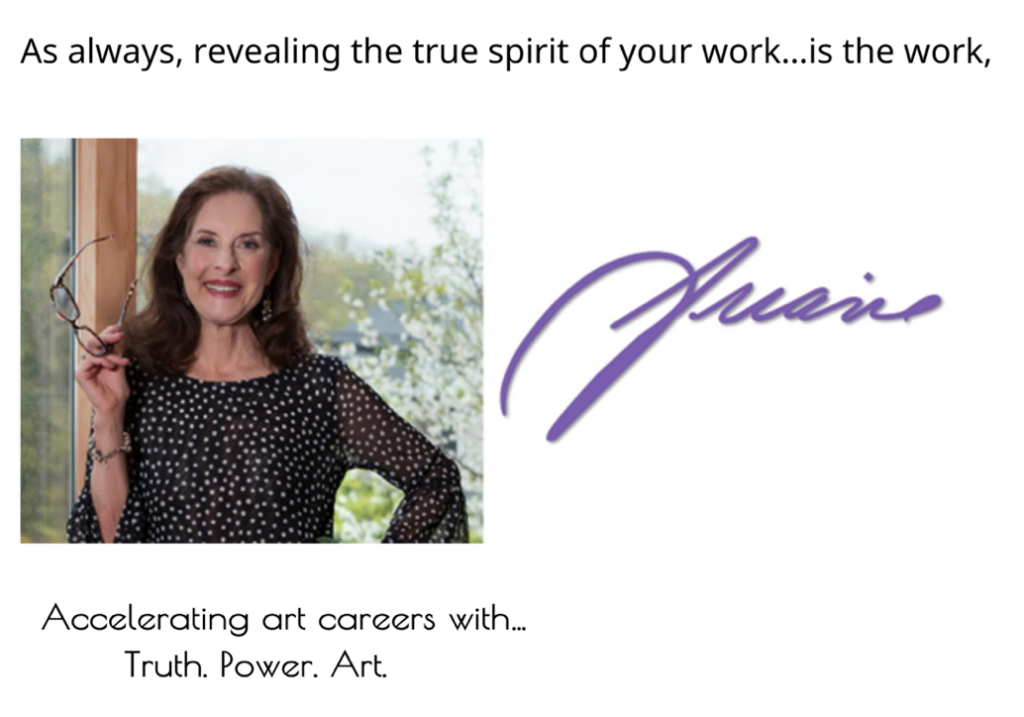
P.S. If you decide to set an intentional Creativity Nap, let me know how that goes for you.
Tell me in the comment section at the end of this post and I promise to respond!
P.S.S. If you want to work with me, here are three places to start.
- AI is on the loose while gobs of images dominate Instagram…
but a compelling Artist Statement cuts through the noise!
In these info-saturated days, your artist statement sets you apart.
It creates influence beyond the expected.
Check out the only book ever written on artist statements
in its brand new, third edition.
- When doubts creep in. When you hit a creative roadblock.
When you want everything to work better,
come Meet The Goddess of Inspiration.
Your CreativeSelf will thank you!
- If you want some serious, evergreen, retro, art career material, I have two seasons of The smARTist Telesummit (originally $497, now just $97) each one available as a one-time podcast—over a dozen art-career presentations, with my ground-breaking templates for capturing what you need right now.
Find that one gem you’ve been missing:
smARTist Revival One-Time Podcast #1: Own Your Value
(Get Recognized, Exhibited & Paid)
smARTist Revival One-Time Podcast#2: Trust Your Path
(Balance Your Life, Sell Your Art)
See my work with artists here: arianegoodwin.com
Jump into my pioneering work on the Inner Teen & Radical Creativity here: Substack
